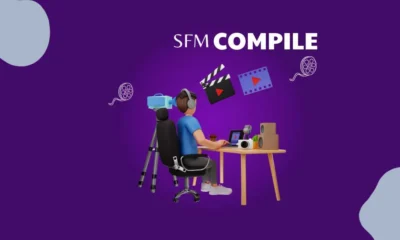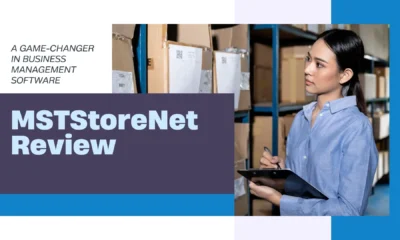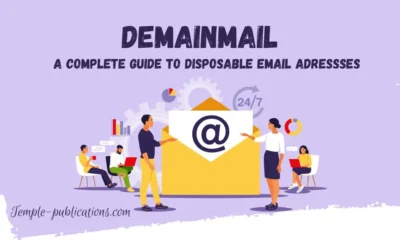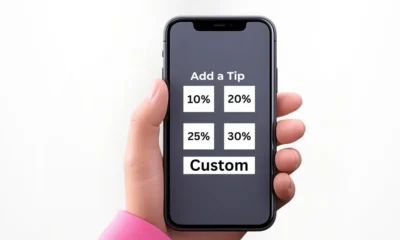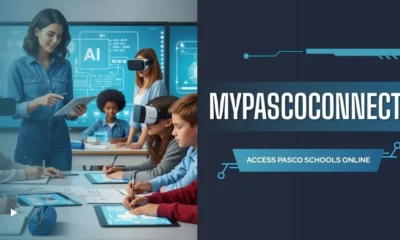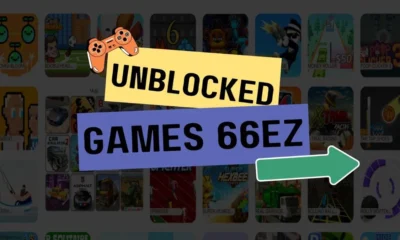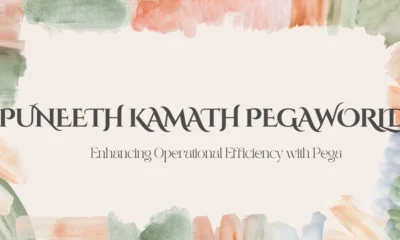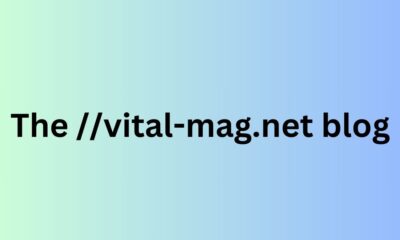GENERAL
Why Every Jewelry Purchase Should Include an Appraisal Certificate

Buying jewelry is an exciting experience, whether you’re selecting a sparkling engagement ring, a meaningful anniversary gift, or a timeless piece for yourself. Yet, beyond the immediate joy of the purchase lies an essential step that many overlook: obtaining an appraisal certificate. This document is far more than just paperwork; it is a comprehensive record of your jewelry’s value, authenticity, and characteristics. Here, we explore why every jewelry purchase should include an appraisal certificate and how it safeguards your investment.
Understanding an Appraisal Certificate
An appraisal certificate is an official document provided by a certified jeweler or gemologist that details the specifics of a piece of jewelry. This certificate typically includes:
- Material Description: Information about the metals used, such as the karat of gold or type of platinum.
- Gemstone Analysis: Details about the size, cut, clarity, color, and carat weight of any gemstones.
- Craftsmanship: Notes on the design and construction quality.
- Estimated Value: The monetary worth of the piece based on current market trends.
While some certificates focus solely on value for insurance purposes, others may also verify the jewelry’s authenticity and origin.
The Importance of Appraisal Certificates
1. Protecting Your Investment
Jewelry, particularly high-value pieces, is a significant financial investment. An appraisal certificate serves as a record of this investment, ensuring that you have documentation of its value. Should you need to sell, trade, or insure the piece in the future, this certificate will be indispensable.
2. Insurance Requirements
Most insurance providers require an appraisal certificate to offer coverage for jewelry. In the event of loss, theft, or damage, the certificate ensures you receive appropriate compensation. Without this documentation, proving the value of your jewelry can be challenging.
3. Verifying Authenticity
An appraisal certificate confirms the authenticity of your jewelry, distinguishing genuine diamonds, gemstones, and precious metals from imitations. This is particularly important in a market where counterfeits can appear indistinguishable from the real thing.
4. Resale and Estate Planning
If you plan to resell your jewelry or include it in an estate plan, an appraisal certificate provides a clear record of its worth. This transparency simplifies transactions and ensures fair distribution among heirs.
How Appraisals Differ from Certificates of Authenticity
It’s essential to distinguish between an appraisal certificate and a certificate of authenticity. While both are valuable, they serve different purposes:
- Certificate of Authenticity: Focuses on verifying the origin and genuineness of the materials used.
- Appraisal Certificate: Includes a detailed evaluation of the piece’s value in addition to its characteristics.
Both documents complement each other and provide a complete picture of your jewelry’s worth and legitimacy.
The Appraisal Process
Obtaining an appraisal certificate involves several steps:
- Initial Assessment A professional jeweler examines the piece to identify its materials and craftsmanship. This includes testing the metal’s purity and inspecting gemstones.
- Detailed Measurement Precise measurements of gemstone size, weight, and proportions are recorded. Tools like microscopes and spectrometers may be used for accuracy.
- Market Analysis The appraiser considers current market trends to estimate the jewelry’s value. Factors such as demand for specific gemstones or fluctuations in gold prices are accounted for.
- Certificate Preparation The findings are compiled into a formal document, often accompanied by photographs for additional reference.
When to Update Your Appraisal
Jewelry appraisals are not static; they should be updated periodically to reflect changes in market conditions and wear. Experts recommend updating appraisals every three to five years or after significant market shifts.
For example, rising gold prices or increased demand for certain gemstones could significantly alter the value of your jewelry. Regular updates ensure your documentation remains accurate and useful.
Choosing a Trusted Jeweler for Appraisals
Not all jewelers offer appraisal services, and accuracy is paramount. Selecting a trusted professional ensures your appraisal certificate is reliable. Look for:
- Certification: Choose a jeweler certified by reputable organizations like the Gemological Institute of America (GIA) or the American Gem Society (AGS).
- Experience: Opt for jewelers with extensive experience in appraising fine jewelry.
- Transparency: The jeweler should clearly explain the appraisal process and provide a detailed, unbiased report.
Jewelers at jfkrusejewelers.com exemplify these qualities, offering thorough and professional appraisal services. Their commitment to precision and customer satisfaction makes them a reliable choice for safeguarding your jewelry investments.
Misconceptions About Appraisals
There are several myths surrounding jewelry appraisals. Let’s address a few:
- Myth 1: Appraisals Are Only for Expensive Pieces While high-value items benefit significantly from appraisals, even modest pieces can benefit from proper documentation for insurance or sentimental reasons.
- Myth 2: A One-Time Appraisal Is Enough Jewelry values fluctuate, making periodic updates essential to maintain accurate records.
- Myth 3: Appraisals Are Too Expensive The cost of an appraisal is a small investment compared to the potential benefits, especially when protecting valuable pieces.
Tips for Maintaining Your Jewelry
Proper care extends the life and value of your jewelry, complementing the benefits of an appraisal certificate:
- Regular Cleaning: Use a soft cloth and gentle cleaning solution to remove dirt and oils. Avoid abrasive materials that could scratch metals or gemstones.
- Secure Storage: Keep jewelry in padded boxes or fabric-lined compartments to prevent scratches and tangling.
- Professional Inspections: Periodic check-ups by a jeweler can identify issues like loose settings or worn prongs before they escalate.
Conclusion
An appraisal certificate is more than just a piece of paper; it is a vital tool for protecting and understanding the value of your jewelry. Whether for insurance, resale, or personal knowledge, this document ensures your investment is secure and accurately represented.
By choosing trusted professionals like J. F. Kruse Jewelers, you can rest assured that your appraisal is conducted with the utmost precision and integrity. As you add to your collection, remember the importance of this essential step in preserving your jewelry’s beauty and worth for generations to come.
Your journey doesn’t end here—explore more on our blog.
-

 BIOGRAPHY6 months ago
BIOGRAPHY6 months agoBehind the Scenes with Sandra Orlow: An Exclusive Interview
-

 HOME1 year ago
HOME1 year agoDiscovering Insights: A Deep Dive into the //vital-mag.net blog
-

 HOME1 year ago
HOME1 year agoSifangds in Action: Real-Life Applications and Success Stories
-

 BIOGRAPHY1 year ago
BIOGRAPHY1 year agoThe Woman Behind the Comedian: Meet Andrew Santino Wife

